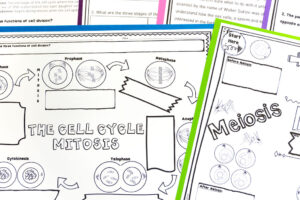Density is one of those concepts in science that can be pretty tough to wrap your head around, but it’s actually a really important property of matter. And once you understand density, you can start to understand why some things float and some things sink. So how do you explain density to kids in a way that’s both fun and engaging? Keep reading to find out!
Sink or float?
One of the best ways to teach density is with an experiment. All you need for this experiment is
Start by filling the cup with water until it’s about halfway full. Then drop in three or four coins. What happens?
The coins sink to the bottom of the cup because they’re more dense than water.
Now, take one of the coins out of the cup and put it on top of a piece of wax paper. Use a magnifying glass to look at the coin closely. What do you see?
You should see a tiny air bubble trapped beneath the coin.
The air bubble is important because it makes the coin less dense than it would be without the air bubble. And because it’s less dense than water, the coin floats! You can try this experiment with different objects to see how their densities compare.
Just remember
density = mass/volume.
So the more mass an object has for a given volume, the more dense it is.
Teaching Mass to Understanding Density
One of the best ways to teach density is by using everyday objects. For example, take
- a cup of rice and
- a cup of peas.
Ask the kids which one is heavier.
Most of them will probably say the rice because it looks like there’s more of it. But when you put them on the scale, you’ll see that the peas actually weigh more.
This is because although there are fewer peas, they are more dense. On the other hand, the rice is less dense because there are more air pockets between the grains.
Density of water = 1.0 g/mL
You can also use different liquids to show how density works. For example, take two glasses of water and add a few drops of food coloring to each one. Then, add a penny to one glass and a piece of aluminum foil to the other. What happens? The penny sinks to the bottom because it’s more dense than the water. The aluminum foil floats because it’s less dense than the water.
Density is a difficult concept for many kids (and adults!) to understand. However, by using everyday objects and conducting simple experiments, it’s possible to make density fun for kids! Give it a try next time you’re teaching a science lesson on this topic.








